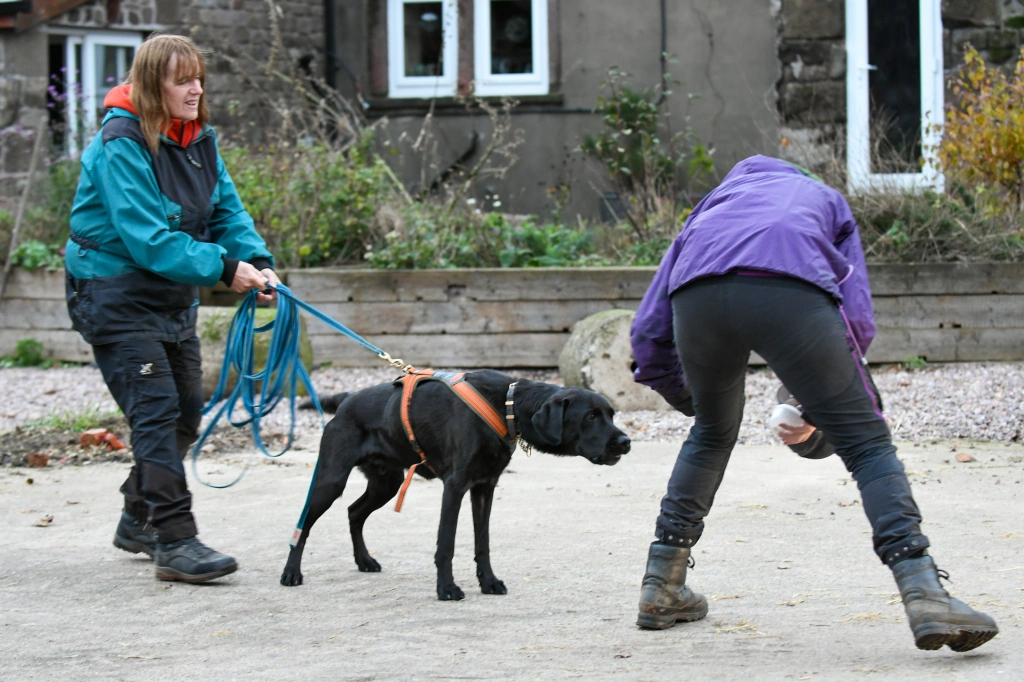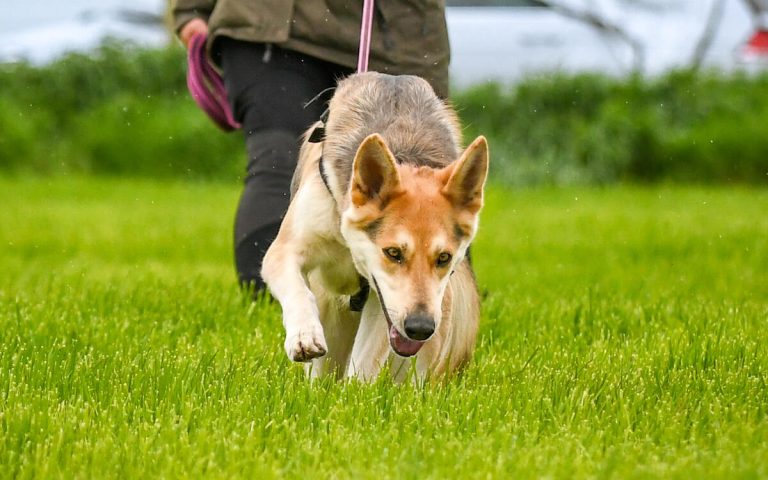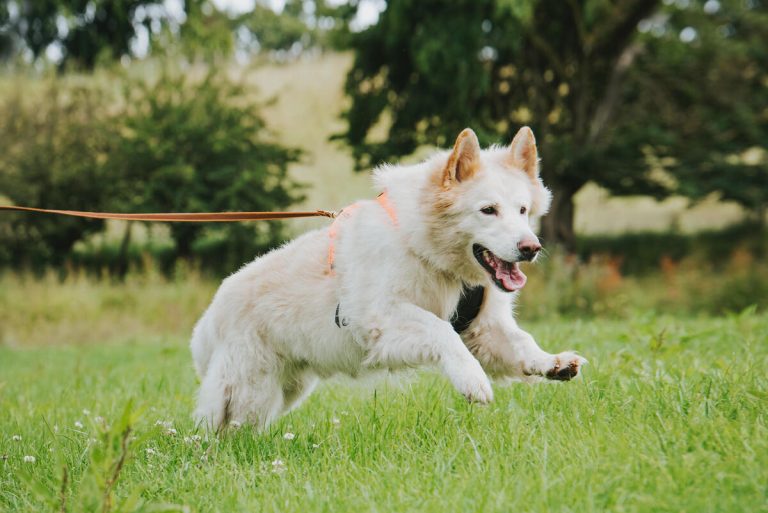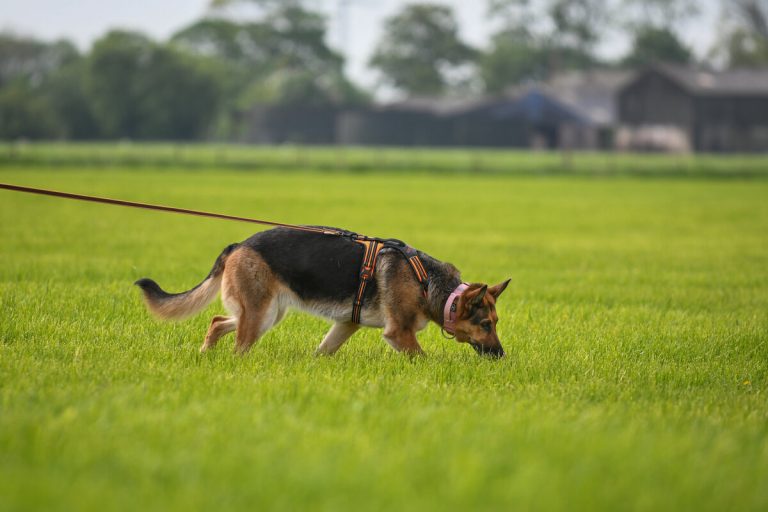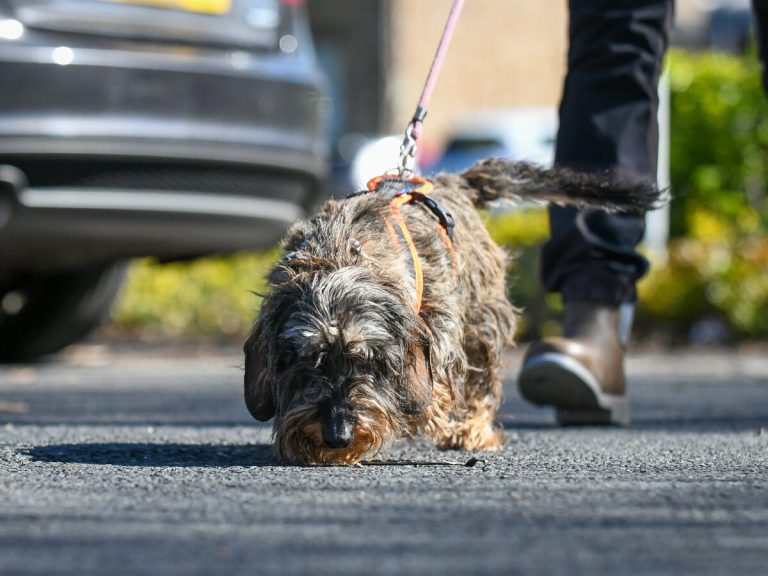Which Harness is the Best for Mantrailing?
The type of harness which is best for mantrailing, really comes down to the dog. Our preference for colour or shape shouldn’t be the main starting point, but instead what type of harness the dog needs.
Choosing the right harness for your mantrailing dog.
Mantrailing harnesses come in a variety of makes and colours, but generally it comes down to the shape and size of the dog.
We are looking for something which fits their body shape, and allows them to move freely when mantrailing.
For stronger pulling dogs we might be looking for a harness with the handler in mind, which distributes the pressure of the pull and reduces the pull on the handler.
Harnesses which rub, pinch or ride up under the dog are a no no.
It can take more than one harness fitting to find the right harness, but this guide below has suggestions of the ones which tend to fit most dogs.
But if you have a small spaniel, or sight hound or even an over sized dog, the standard harnesses might not suit them.
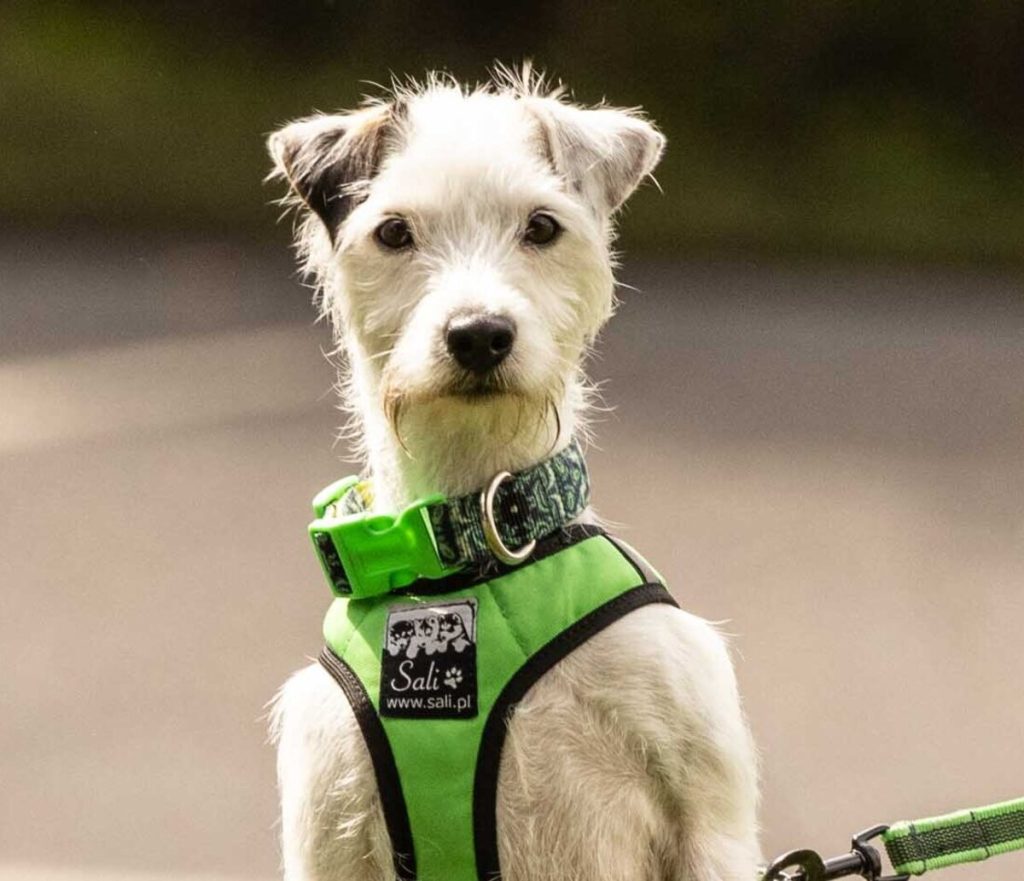
Why do we use a harness for mantrailing?
We generally use a harness because it has the lowest impact on the dogs bodies when we are working with them.
When a dog is pulling in harness it shouldn’t be putting pressure on its delicate neck, or changing its gait.
We tend to use a specific harness for mantrailing in mantrailing sessions, one that cues this is for mantrailing, as part of the starting ritual.
Most dogs quickly learn that the harness is for mantrailing, and get giddy when you pack it and the long line into the car before a session. This harness is only used for mantrailing, and is well fitted to the dog.
We use a harness to allow the dog maximum movement on the long line when mantrailing without the handler hindering them.
It is easy to get in the dogs way when mantrailing, and making sure we position ourselves behind the dog using the long line, really makes it easier for the dog to work.
In a mantrailing harness the dog is able to lift its head up or move it closer to the ground unimpeded, as well as from side to side in a well fitting harness. Where as as collar would stop the dog being able to move naturally, and apply pressure to them on the neck.
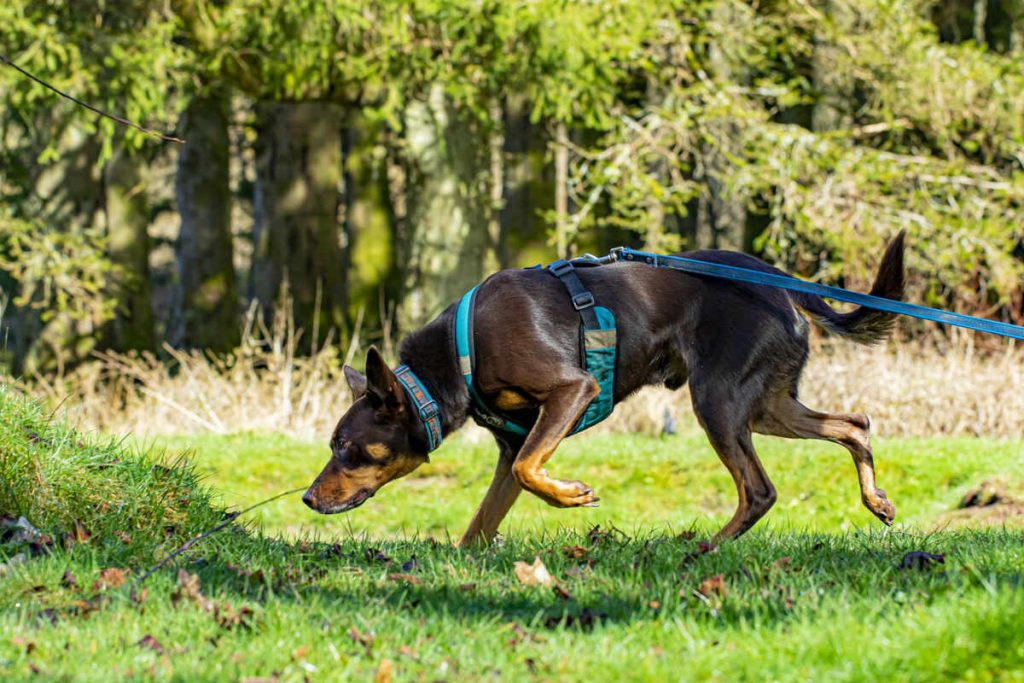
The harness also allows us to distribute the pulling pressure across the dogs whole body, and reduces the impact that pulling can cause dogs.
We cannot allow a dog to work off the long line or harness as this is not only dangerous, but also does not allow the dogs to work as a team. Leads and harnesses are used to keep our dogs safe in their daily activities, to avoid things such as running into roads or into fields of livestock, mantrailing is no different.
A well fitting harness helps keep reactive dogs safe as well. We do not want a harness they could slip out of when reacting to something they find worrying.
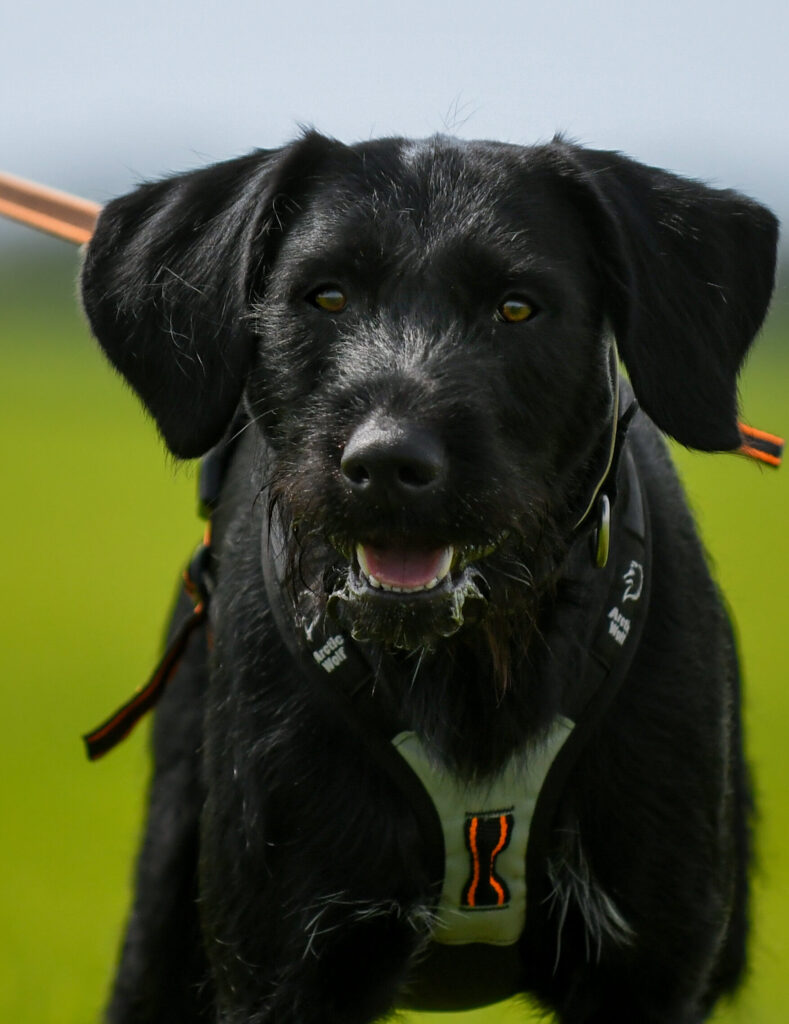
Fitting the Harness for Mantrailing
It’s important that the harnesses fit correctly, avoiding any pinching or rubbing against the skin.
There need to be no impact on the movement the scapula (shoulder blade) while the dog works, as well as no impediment on the back of the shoulders/spine area from an overly large padded area.

When selecting a harness for your trailing dog it can seem like a daunting task. There are many sizes, shapes and claims out there on the internet about harnesses. Especially those used for sports with dogs. Plus the associated costs of buying a harness and then it not fitting correctly.
Each dog is a different size, and shape so there is no one size fits all.
Thinking specifically about mantrailing, the harness needs to be designed to not impede the nose going to the ground. So it cannot fit high on the chest or go over the chest in a horizontal line.
Ill-fitting, or to high up fitted harnesses will actually start to choke your dog while working, you’ll generally hear a coughing from them or wheezing sound as they pull into the harness.
Badly fitting harnesses can leading to refusal to wear a harness and reluctance to work. Many a good working dog is ruined by poor equipment choices, based on our own perceived choices of what is right, rather than what the dogs need.
Harnesses like the Perfect Fit Harness, used by many because it fits well and can be adjusted to most body shapes, but is no good for mantrailing for any dog which actively pulls due to the fact it stretches and its not supportive of the dogs movement when in a strong pull.
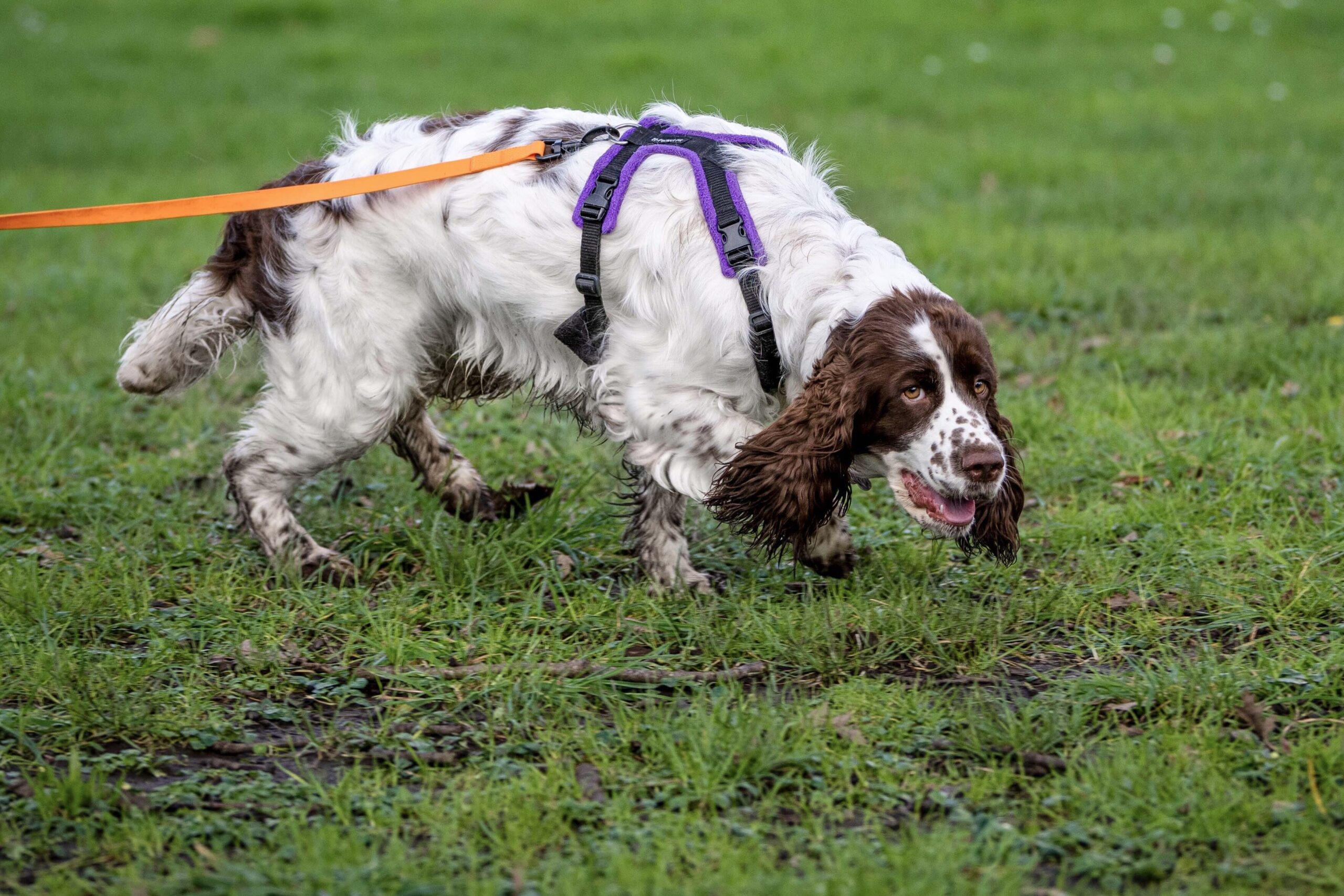
Having said all that, there are plenty of designs out there suitable for your dog its just making sure it fits your dog properly. Don’t select a harness based on what colour it is or what type your friend has. But what fits your dogs body and working pace.
Our three top tips for choosing a harness for mantrailing are:
- Make sure the harnesses when fitted does not impede the airways, so it well fitted around the neck and when the dog pulls down it does not cause them to choke.
Generally a Y shaped front on a harness is perfect at avoiding this as long as it fits your dog correctly, some have thinner breast plates and others wider ones.
We ideally don’t use the horizontal line harness that goes across the shoulder blades as this impedes the dogs movements. - Do you need a long or short harness? Generally larger dogs who are stronger pullers do better on a longer harness where the weight of their force of pull is distributed evenly across their back.
But this isn’t the case for all as a longer harness can lead to lines being tangled around tall wiggly tails.
Shorter harnesses are generally more suited to smaller more compact breeds, but also dogs with longer coats as they get less matted. - Always remember to pull the harness into pull position when trying the harness on with their head down, most dogs will pull and sniff at the same time so they need full neck movement.
There is no point fitting it fine for when the dog is stationary.
Make sure it is pulled so you can see the design at work.
They will often look like they don’t fit if the dog is just stood there, when in the pull position is engaged the harnesses fit well.
My Top Choices for Mantrailing Harnesses:
Julius K9 Mantrailing Harness –
This harness has been specifically designed for mantrailing. It is low impact on the chest, and distributes pressure evenly along the spine and body. It is easy to fit with five adjustment points and four clips. Its ideal for the head shy dog as well, as it can be clipped on rather that pushed over their head.
I have found it the best so far for my dogs needs, but with any design it doesn’t fit every dog.
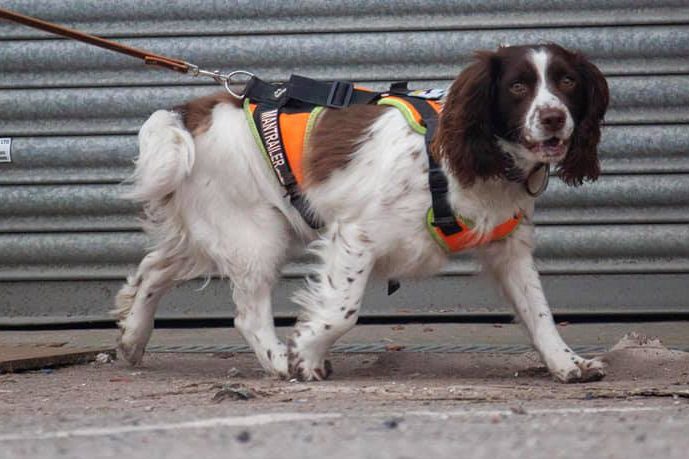
You can get a UK version of the Julius K9 Mantrailing Harness from Amazon, it comes in a variety of colours and sizes. The make it very similar with the only main feature difference is the material used.
Make sure you test this harness is pull, as it can be fitted incorrectly or be too tight on the dog when fitted incorrectly. Check with your instructor or email me photos of it and I can help fit it correctly for you.
Zero DC Short Harness –
This is originally designed for the pulling sport of Cani X but it is well adapted to be used with mantrailing as well. It is ideal all round harness as it goes down to tiny sizes. Its very light weight, and the dogs hardly notice they are wearing it, which can be ideal for more sensitive dogs.

Not all Cani X type harnesses are ideal for mantrailing, while they are ideal for pulling they do not always provide a full range of neck movement down to the ground.
It doesn’t have a neck clip so some dogs find it uncomfortable to put on as they have to have it over their head.
Truelove Dog Harness –
This is a budget friendly harness which comes in a variety of sizes, and is ideal for stronger pullers as it distributes the pressure well on the dog.
The down side is it only has three points of adjustment and these are minimal, the shoulder shape cannot be changed and as such it does not fit every dog.
There is a side clip on the shoulder which is ideal for head shy dogs.
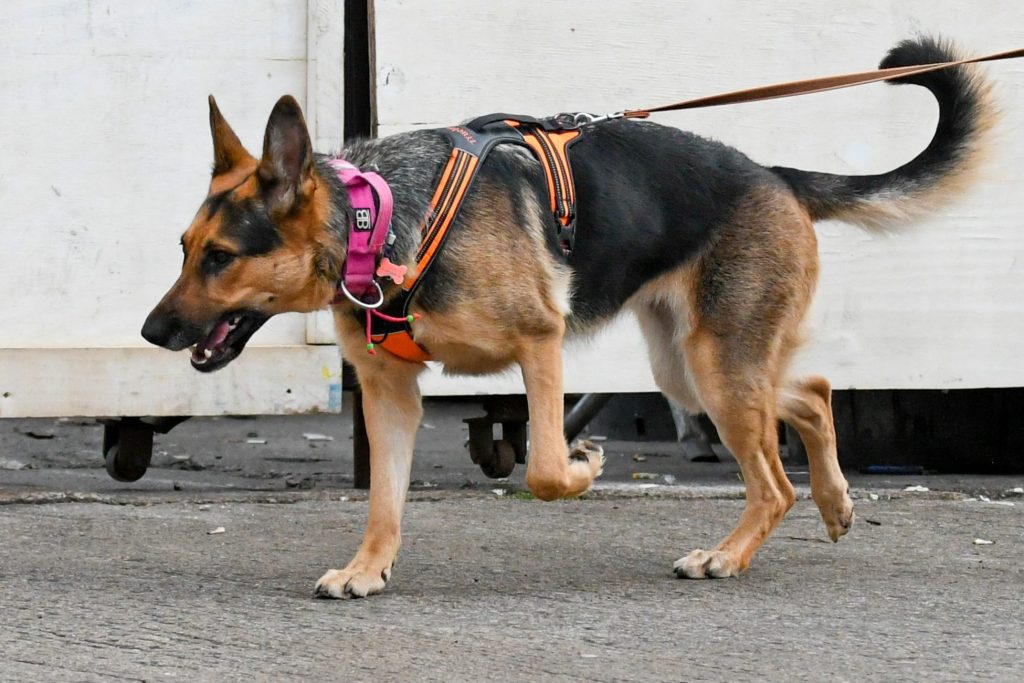
Neggeloh “Follow” Harness –
Created for mantrailing dogs by the people using them. This harness is well designed for dogs of all sizes and allows a huge array of movement when trailing. The harness is padded and has a large sized breast plate for even the strongest pullers.
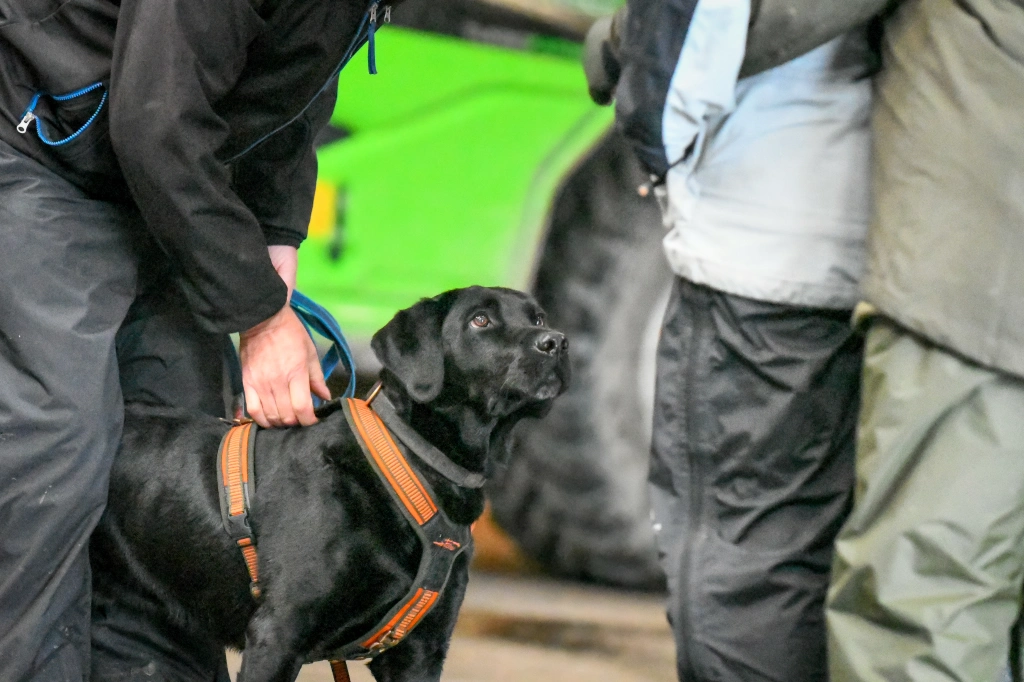
I have a strong mantrailing dog, which harness is best to help with pulling?
With strong dogs it can be easy to look at the harness and assume that it won’t make a bit of difference, they will pull the same no matter what they are wearing.
Like anything we wear, shape matters, and this includes the shape and size of the breast plate and the length of the harness.
Generally with a stronger pulling dog you want a larger breast plate at the front of the harness, this distributes the pressure better across the dogs chest when pulling.
You also want to add in the length of the harness to further distribute the pressure across the dog. Not to make them stronger, but to make them have less power directly against you in one spot.
A harness with a bungee in like the Sporty Paws Mantrailing Harness, which has a small bungee at the lead attachment point to help take the pressure off the handler.
But nothing beats learning how to handle the line correctly.
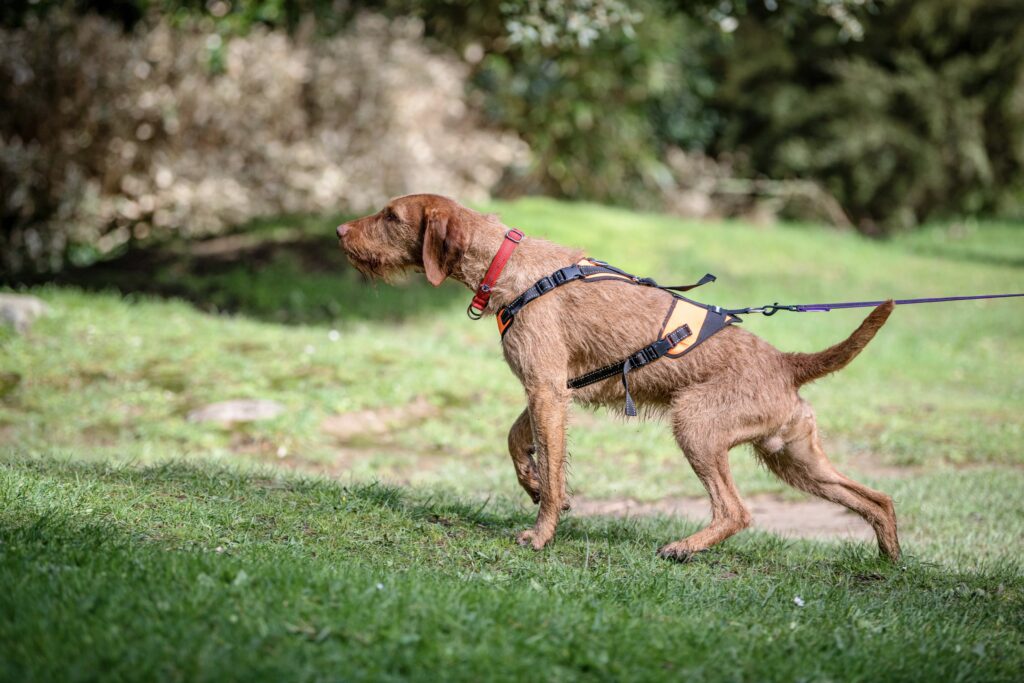
We have teamed up with Sporty Paws to provide you with a huge choice in harnesses for mantrailing, you can use the code LSTRAILINGK9 for 10% off your order.
Have fun Mantrailing!
Regardless of the harness you choose make sure your dog is having fun mantrailing.
Make sure it fits the body of the dog you have, and this can mean trying multiple harnesses to try before finding the best one.
Most Mantrailing Instructors have multiple harness brands to try while you trail with them.
Always make sure you couple your mantrailing harness with a suitable long line.

